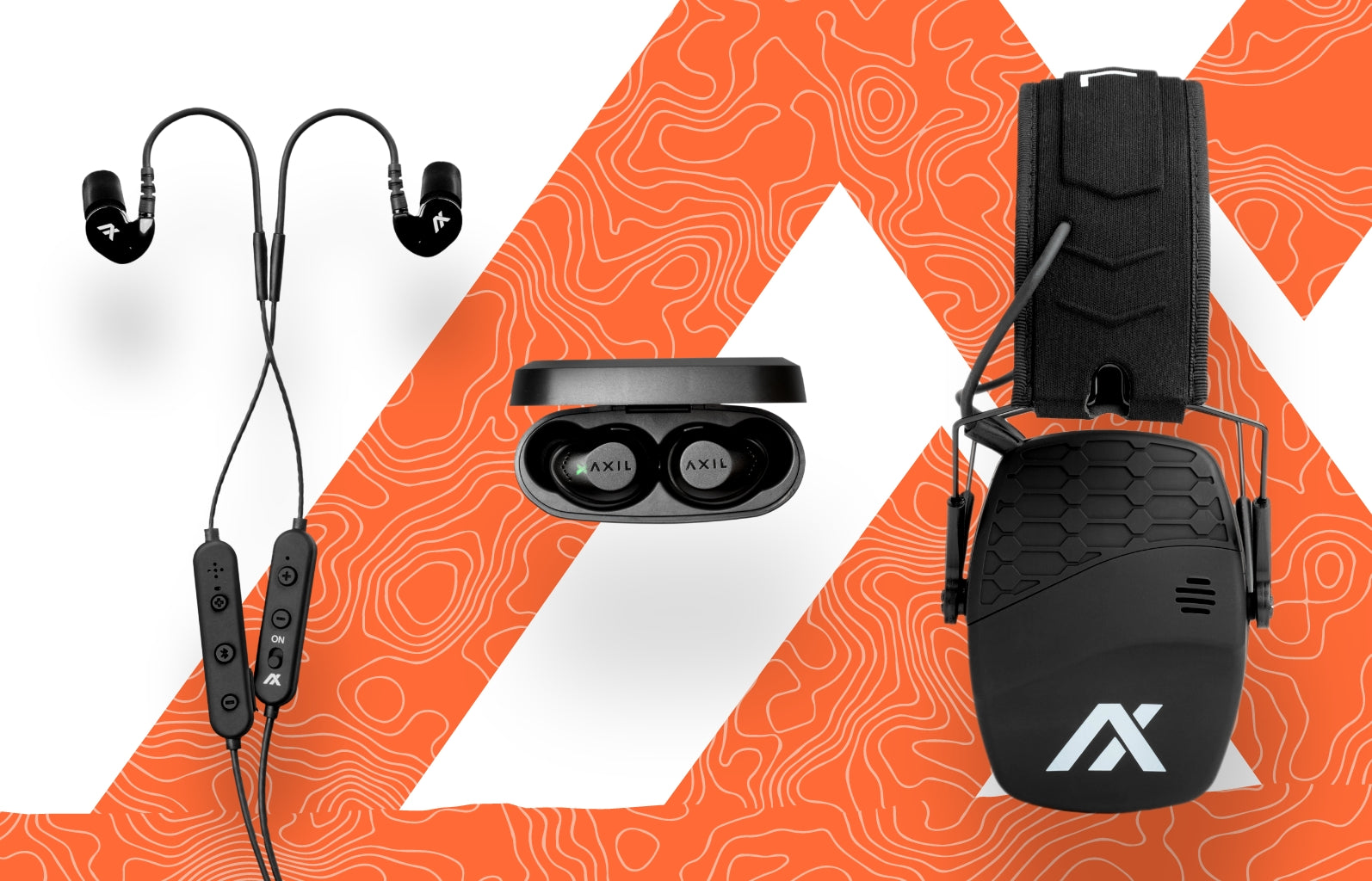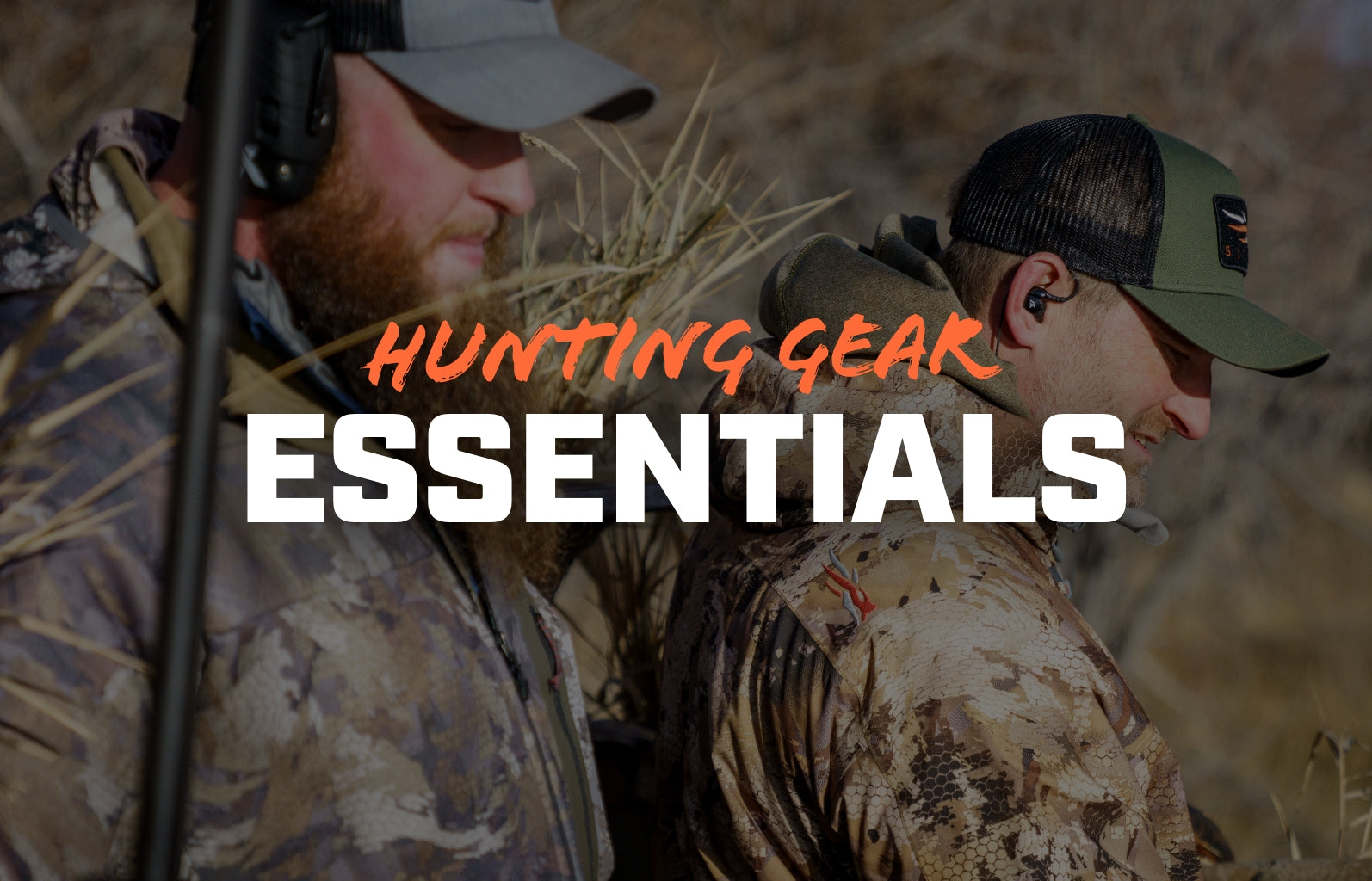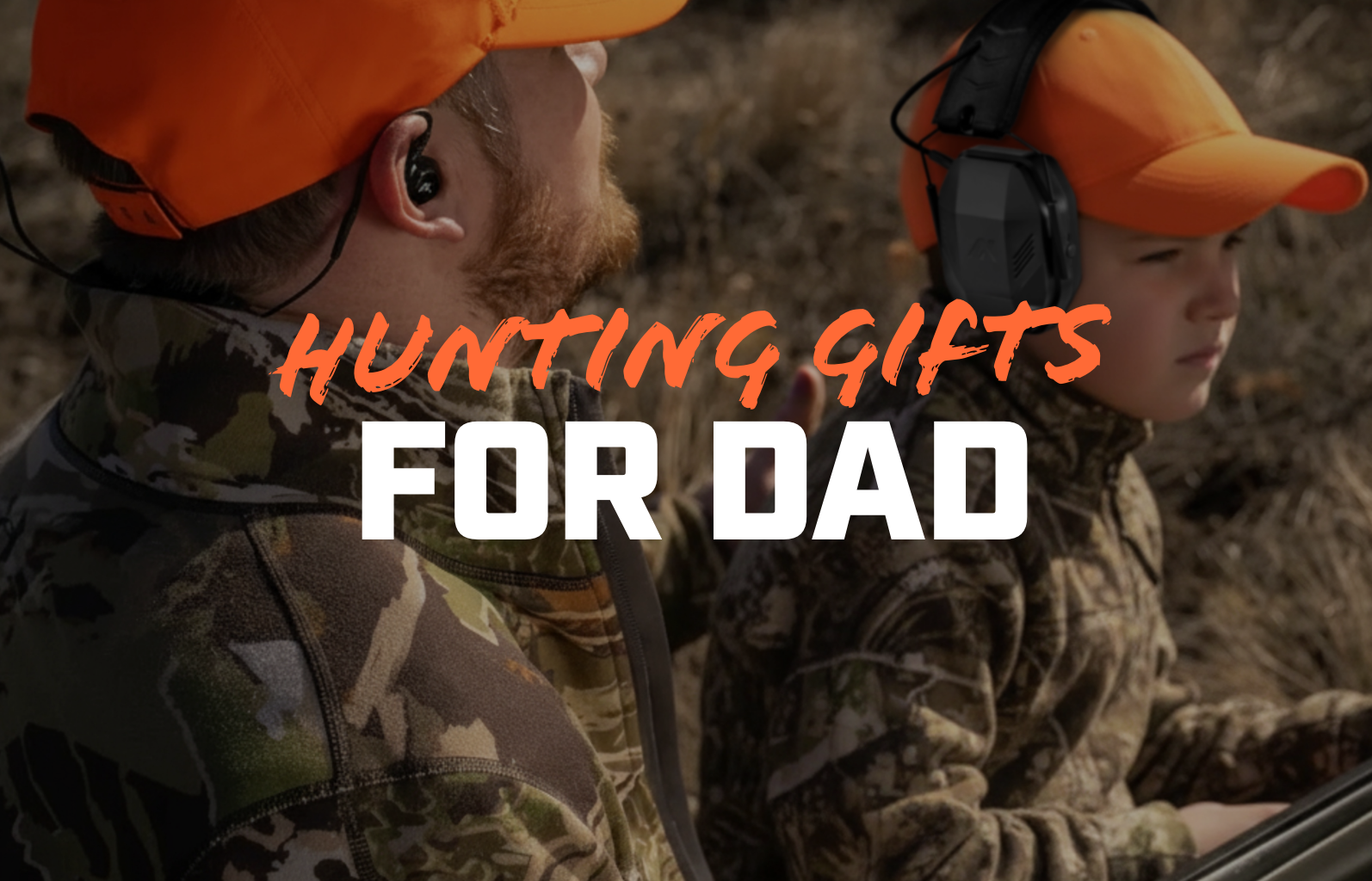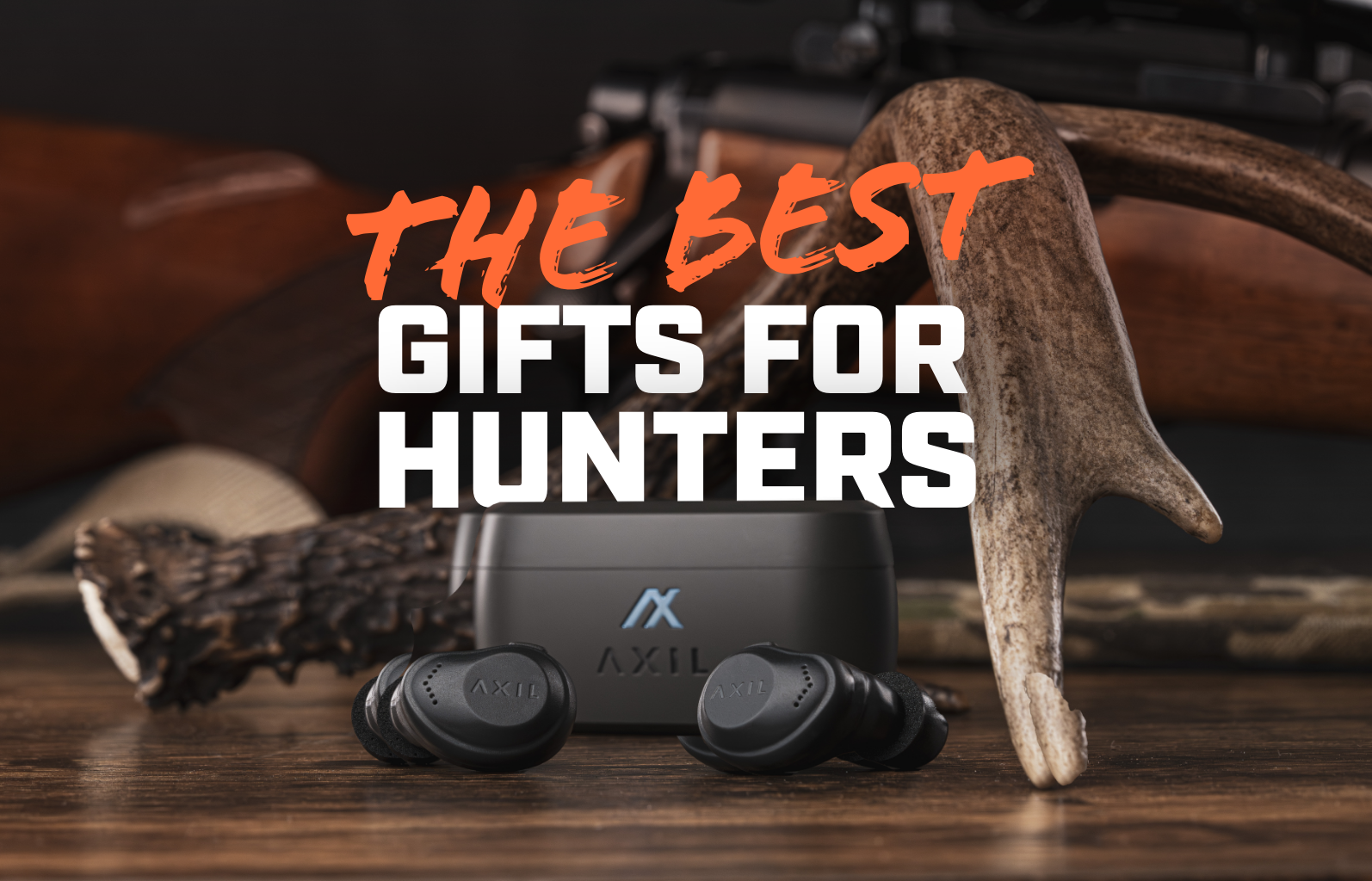As of 2023, there were 15.9 million hunting licenses issued across America. The popularity of hunting has ebbed and flowed like many other outdoor hobbies, however, last year a report by market analyst group Technavio estimated that the hunting gear industry is set to grow by nearly $800 million by 2027. This is exciting as it is a clear indicator of increased interest in the outdoors. That’s a lot of beginners stocking up on a lot of gear. Hunting is a very diverse sport though, and decisions on gear need to be made carefully according to the type of hunting. For instance, big game hunting versus deer hunting, or bowhunting versus gun hunting are different, have different needs, and require very different training and equipment. Making informed choices when it comes to gear can help ensure a safe, efficient, and much more comfortable hunt. Following is a list of different high-quality equipment to suit different needs in the field.
Hunting Clothing and Footwear: Adapting to the Environment
Seasonal Layering for Optimal Performance
Pleasant, comfortable weather in a temperate climate tends to be the exception when it comes to the conditions many hunters face. Generally, hunters must deal with mud, sweat, rain, snow, and uncomfortable cold environments. The effects of inclement weather can be mitigated not only by choosing the proper materials and clothing to wear but how to wear them. Moisture-wicking materials are usually synthetic fabrics like polyester or nylon (the same type of materials used to make modern reusable game bags) that cause movement of moisture such as sweat to move to the outer surface of the fabric and away from the skin and also dry rapidly so as not to get saturated. Layering properly can enhance the effect of moisture-wicking, providing moisture management and comfort. Usually, a thermal layer against the skin combined with moisture-wicking over shirts and a hoodie are great for cooler climates with additional waterproof outer layers for coats or jackets made of material like Gore-Tex. Few things will ruin a hunt as quickly as being cold and drenched in the field, and many environments are warm during the day yet get cold quickly after mid-day. An experienced hunter will include extra moisture-wicking garments and equipment such as a Mylar thermal blanket which is waterproof, reflective, and ultra-compact, perfect for storage in an emergency. Camouflage in the field is important when going after intelligent games, and options are plentiful. Most companies that produce hunting apparel use camo patterns combined with easily visible blaze orange. Blaze orange also referred to as "hunter orange" is a universally recognized color for outdoorsmen and hunters making them very visible to each other and creating a safer environment. Many states require hunters to wear blaze orange and have a set of rules regarding firearms usage if blaze orange is visible at all in any direction.
Footwear for Every Terrain
Keeping feet clean and dry is essential not only to a successful hunt but possibly to survival and it all starts with choosing proper footwear. Extending time in the backcountry will be spent mostly on foot without access to comfortable furniture. Mobility is critical, making boot selection key and a top priority. Hunting boots made with Gore-Tex keep water out and regulate foot temperature. Insulated hunting boots are effective in extremely cold weather, whereas breathable nylon mesh boots can keep a hunter from overheating in warm climates. The soles of quality boots should provide excellent grip and be tried on to ensure a good fit. The consequences of poor footwear selection can lead to blisters and extreme discomfort. Footwear is also a great place to use scent eliminators. Camo is great for visual concealment from prey, but it’s also important to conceal human odor from the sensitive noses of animals. Other important options include Merino wool socks that are known to insulate better than synthetic fabrics and provide warmth even when wet. Merino wool also allows a degree of comfort and doesn’t cause itching like most traditional wools. Additionally, a gaiter is a cut fabric that commonly wraps around the face and neck, protecting the wearer from the extreme heat of cold as well as dust, sand, and any other flying debris. However, also very common are leg gaiters made of synthetic materials like mentioned above, or even kevlar which can shield lower bodies from the elements as well as snake and bug bites.
Armament and Ammo: Precision and Ethics
Selecting Firearms and Bows
Whether archery for bow-hunting or firearms like rifles and shotguns, it is important to be trained and well-versed with the projectile that will be used for the hunt. That knowledge begins with understanding what the prey being hunted is. For instance, small game, varmint, deer, elk hunting, etc…all require different types of tools and ammunition. Arrows, calibers, and cartridges are important not only for the humane aspects of hunting (the last thing any hunter wants is for an animal to suffer by being wounded), but also for efficiency, safety, and meat and hide preservation. Consult with experienced firearms experts and hunters as well as state regulations concerning the type of firearms and projectiles that are optimal and legal. Early season hunting is generally open to bow hunters and is beneficial in that there are far fewer hunters to contend with, due to gun hunting being so much more popular. Also, the animals have not been scared and the population is more plentiful. Arrows and bolts are great for hunting, yet require a higher level of skill. For example, many hunters prefer to use an elevated tree stand, however, very few hunters practice zero (set and tune) optics from a tree stand. Trajectory particularly with a bow and arrow will be greatly affected from an elevated position and the differences in velocity from a bullet to an arrow must be taken into consideration.
Ammunition and Arrow Considerations
Most hunters would recognize a .308 as an excellent cartridge for a white tail. However, .308 is a common round used by military, law enforcement, and home defense. Is there a difference in the projectile used by them versus what is used by a hunter? Hunting ammo should be soft (usually lead) tipped projectiles designed to alleviate penetration, expand, and cause greater damage, increasing the chance of a quick kill versus injury to the deer. Arrows for hunting are usually much heavier than archery practice arrows and penetrate much more effectively. Ammunition can be heavy and laborious to carry for extended periods, a day pack can comfortably and conveniently store ammo needed for long hunts and provide access to reserves. Keep in mind, that many states have regulations and hunting licenses that are gun, animal, and even ammunition specific. Violating these regulations can lead to fines or even criminal charges making it important to research and adhere to the different laws and policies.
Navigation and Communication: Essentials for Safety
It’s amazing that not that long ago, many hunters and outdoorsmen had to rely on the sun, the moon, and even rudimentary compasses and maps to keep their bearings and not get lost in the wilderness. Thankfully, technology has come a long way in the last few decades and most hunters use some type of Global Positioning Satellite (GPS) when in the field. However, it’s important to remember that technology can fail and batteries can die. A compass is inexpensive, lightweight, and has no batteries. Being familiar with maps and how to navigate by landmarks and terrain features are skills that every hunter should develop. There are different types of compasses and selecting the right one can be as simple as finding the one with the correct features to meet specific needs.
Rangefinders and Spotting Scopes
Rangefinders are also essential for calculating the distance from a target, crucial for hunting game and for safety. Many rangefinders are digital, use lasers, and are also GPS enabled. Having a rangefinder that is also a GPS unit is invaluable in the field. It allows for easy marking of routes, locations of camp, and even blood trails. It’s also essential to understand and use basic land navigation skills in conjunction with GPS. GPS is great, but it’s also easy to get lost in the details and not see the big picture. This is where understanding how to use a map and compass comes into play. When it comes to spotting scopes, the quality is king. A spotting scope can be used to assess the age and size of the animal from a safe distance, determine if it is legal to shoot, and plan the best approach. A spotting scope with a rangefinder is the ultimate tool for the serious hunter, essential for judging distance, estimating bullet drop, and calculating wind speed. They can also be used in conjunction with a compass and map for navigation and planning.
Communication Tools for Remote Areas
A cell phone can be a great tool for maintaining connectivity in an urban environment, however, in the wilderness, a cell tower can be rare. Two-way radios are essential for communication between hunting parties for coordination and in the event of an emergency. For longer excursions into more remote wilderness, a satellite phone that will work anywhere in the globe may be a necessity for safety purposes.
Survival Gear: Preparing for the Unexpected
Comprehensive First Aid Kits
Individual First Aid Kits (IFAK) should be an essential piece of equipment on any hunt or extended excursion into the wild. These kits can be customized with everything from bandages to antibiotic spray, trauma shears, and anything else that could be needed for a medical emergency in the field. IFAK are usually compact and designed to be easily carried. In addition, a full first aid kid should be in the transport vehicle and at base camp.
Water Purification Solutions
Hydration is key to survival in any environment, with the human body being mostly made up of water. With physical exertion from hiking or climbing, the human body is using up an accelerated level of calories and water and it can be very easy to dehydrate quickly. A canteen or water bottle should be worn with an additional water supply carried to ensure hydration, especially in the event of an emergency. Being familiar with water purification methods or having tablets can also be an inexpensive and simple method of ensuring access to drinkable water.
Hearing Protection: Safeguarding Your Senses
Many hunters suffer hearing damage needlessly. Proper usage of simple hearing protection products can provide effective protection against hazardous noise like the sound of a gun firing. Check the NRR (Noise Reduction Rating) when choosing muffs or earplugs and practice wearing the equipment and testing them against different sounds.
Axil’s Advanced Hearing Protection Solutions

Axil has an entire line of quality, cutting-edge technology hearing protection products that suit the needs of any hunter. Including simple, durable, water-resistant products that can enhance hearing in the field and help a hunter be more efficient and aware while still protecting them from harmful noise levels.
Additional Hunting Accessories: Enhancing the Experience
Hunting trips are an adventure and like any adventure, there can be a degree of danger. Having the proper equipment and hunting accessories can ensure a level of safety that will allow hunters to enjoy becoming one with nature while protecting themselves and others. Despite new, hi-tech options, fundamental and practical equipment should still be required. Game calls and decoys have been helping hunters be successful since ancient times. A multi-tool has endless uses and can come in handy when tuning a rifle scope, or cutting excess from a field dressing, tourniquet, zip ties, or paracord. A high-quality old-school hunting knife will never be replaced in the field and has proven to be an effective tool in even the most harsh and primitive environments. Also, a warm, dry sleeping bag combined with a sleeping pad is worth their weight in gold when spending days and nights in the field.
Fully Equipped for Any Season
Being well-equipped is part of being well-prepared. And when it comes to hunting, proper preparation is imperative. Food, water, warmth, communication, and protection are essential and fundamental. Knowledge of different and new equipment is always helpful and encouraged, but also knowing the fundamentals of hunting and survival in case the batteries die or the technology malfunctions should be an incremental part of a hunter's skill and experience. Always research and check equipment lists and inventory. And then recheck them. Having the right supplies and equipment will help ensure a safe, fun, and memorable experience for everyone involved.










 Accessibility
Accessibility

Share:
What Makes the Best Shooting Earbuds?
Understanding Noise Reduction Ratings for Shooting